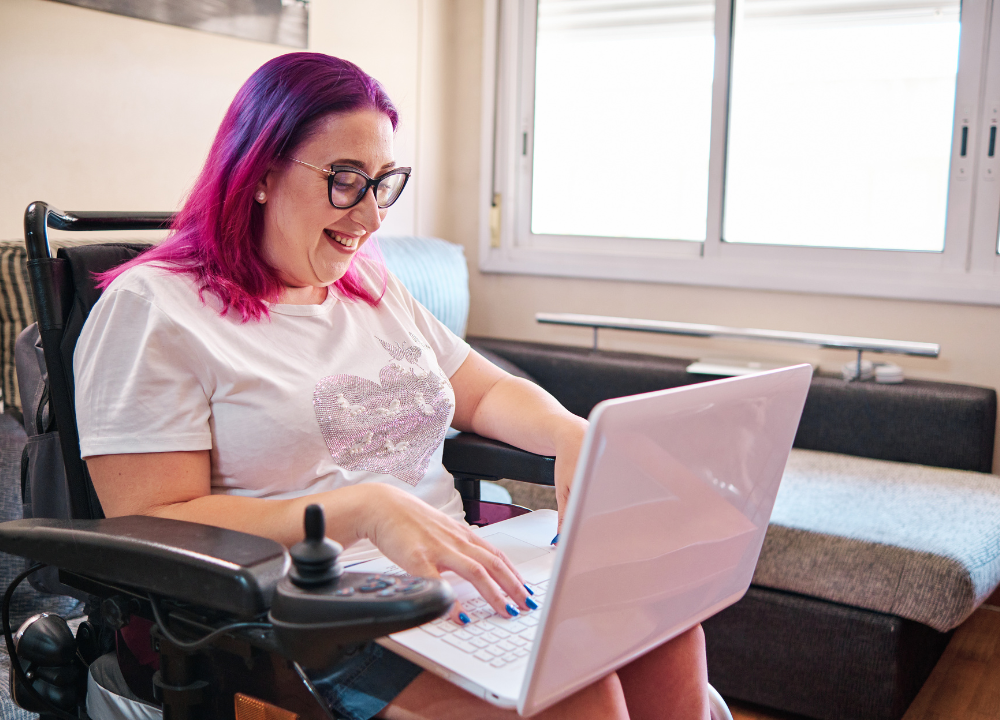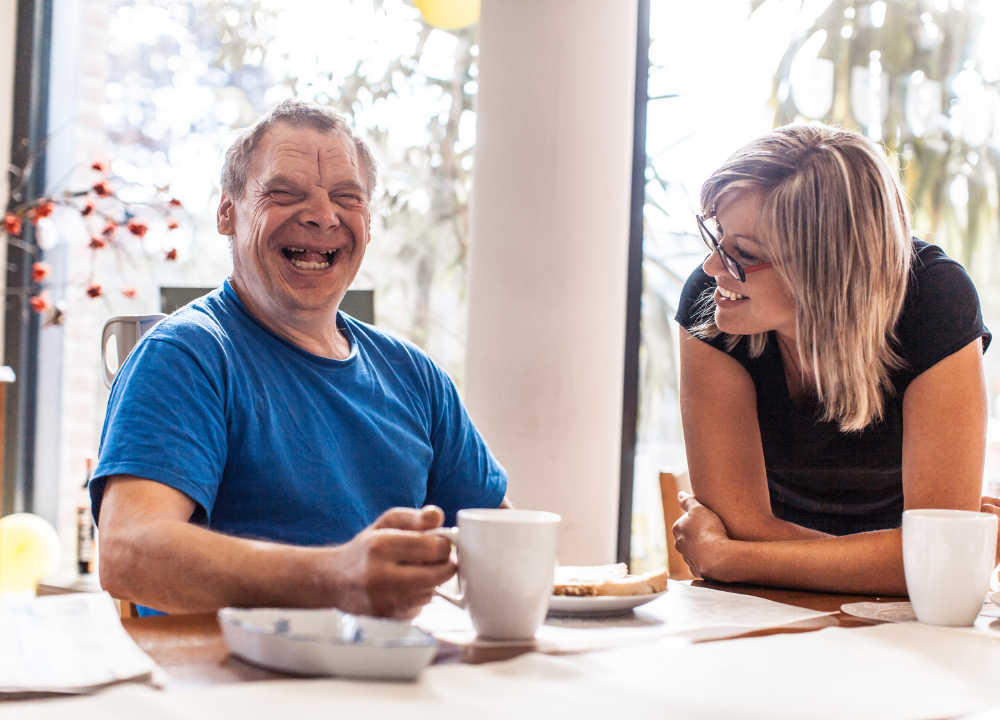If you’re looking to access disability services in California, you might learn you need an individual program plan. However, person-centered planning is also a vital part of the process. Let’s break down what each concept means and how they’ll play a role in your support journey.
What Is an Individual Program Plan (IPP)?
An individual program plan, or IPP, is a personalized set of goals and services meant to support a person with developmental disabilities.
Individual program plans are commonly found in schools, social services, and even healthcare facilities. No matter what, their goal is to organize all the information a person needs to know to access essential services.
According to 1992 amendments to the Lanterman Developmental Disabilities Services Act (or “Lanterman Act”), IPPs in California must use a person-centered approach. We’ll touch on what that means in a bit.
Some of the key information an individual program plan contains may include:
- Your age, name, and any medical diagnostic information
- Information collected from assessments that identify your strengths, needs, and wants
- Your goals and objectives
- Information about your rights
How it Works
Creating an individual program plan is pretty straightforward. Let’s take a look at each step of the process:
- Enrolling. Before planning anything, you’ll need to become a regional center client.
- Planning. As a new client, you’ll get a chance to lead the planning process. This is when you can discuss what you want to do, the people you want to work with, and the support you need. Your IPP team will also conduct some assessments to get to know you a bit better.
- Writing. With all the information handy, your individual program planning team will put it in writing. Clear, specific details will explain what services you’ll access and everything relevant to your goals.
- Revising and Approving. Your team will create expectations for checking in on your progress. They’ll also help you decide how and when to review and update your IPP.
What Is a Person-Centered Plan (PCP)?
A person-centered plan is a set of goals and wants focused on an individual’s future and preferences. If you’ve encountered this term before, it was likely in the context of person-centered planning.
This process is designed to be driven by the person in question. While others, like friends and family, may be included, the individual the plan is for gets to decide when and how.
IPP vs. PCP: How Do They Compare?
You might not necessarily create a written person-centered plan; instead, you’ll likely implement person-centered planning into an individual program plan.
Once a person makes decisions about what they want and need from the services they receive, it’s time to write an IPP. This is where all of those goals, hopes, and thoughts from the person-centered planning process become official.
However, outside of disability services, a person-centered plan may be used similarly to an IPP.
Can I have an individual program plan and a person-centered plan?
You certainly can! But you’re not required to have two formal written plans. Even within the SDP, a person-centered plan is considered optional.
However, for participants in the SDP, individual program plans are required. All IPPs must use person-centered planning anyway so that you won’t be missing out on any of the benefits.
Navigate the Self-Determination Program With Ease
If you’re interested in joining the Self-Determination Program or have already started the process, NeuroNav’s independent facilitation services are for you.
We’re here to help you successfully enter the program and manage all of the tasks that go into getting started. Once you’re ready to put your individual program plan into action, we’ll be right by your side.
Our job is to be your advocate and make it simple to find and access the support you deserve. Schedule a free consultation today to learn more about how we can help you.




